Q
What is the tire pressure of Honda City?
The standard tire pressure of the Honda City can vary depending on the model year, tire size, and load conditions. Generally, the recommended cold tire pressure (when the vehicle is cold) ranges from 210 - 220 kPa (2.1 - 2.2 Bar/30 - 32 PSI) for the front tires and 200 - 220 kPa (2.0 - 2.2 Bar/29 - 32 PSI) for the rear tires. It is advisable to refer to your vehicle manual or the tire pressure label on the driver's door frame (usually near the B - pillar) for the specific values, as there may be slight differences for different wheel sizes (such as 15 - inch or 16 - inch).
If you're carrying a full load or going on a long - distance journey, you can increase the rear tire pressure by about 10 kPa (1 PSI) to ensure stability. For short-distance journey and daily commutes, you can maintain the standard pressure. Overinflated tires may result in reduced grip, while underinflated tires can increase fuel consumption and tire wear. It's recommended to check your tire pressure at least once a month and adjust it when the tires are cold (avoid measuring right after driving).
Additionally, filling your tires with N2 nitrogen may be more stable than using regular air, reducing tire pressure fluctuations due to temperature changes.
Special Disclaimer: This content is published by users and does not represent the views or position of PCauto.
Related Q&A
Q
What segment does Honda City belong to?
Honda City belongs to the B-Segment vehicle category. It has a wheelbase of 2,600mm, which meets the standard for B-segment cars with a wheelbase ranging from 2,500mm to 2,700mm. Moreover, Honda City offers a comfortable seating space that can accommodate five passengers. Meanwhile, its safety features are also quite comprehensive, all of which match the characteristics of a B-segment car.
Additionally, in the local market over the past few years, as a non-domestic B-segment sedan with high sales volume, the Honda City has always been the brand's flagship model of Honda. Whether it's for daily city commuting or family trips, it can perform very well. It also fits the characteristics of B-segment cars in terms of market positioning and actual usage scenarios.
Q
What is the residual value of Honda City?
The residual value of the Honda Civic can vary significantly due to multiple factors, including the vehicle's age, mileage, overall condition, and the current state of the local used - car market.
Honda is a well - known and highly reputable brand in Malaysia. Generally speaking, since Honda is renowned for its reliability and relatively low maintenance costs, the Honda Civic has a better chance of retaining its value compared to some less well - known brands.
Newer Honda Civic models (such as the 2023 and 2024 versions) may have a relatively high residual value if they are in excellent condition and have low mileage. For example, if a 2023 Honda Civic 1.5 S was purchased for RM 84,900, after one to two years of moderate use (assuming normal wear and tear, no major accidents, and proper maintenance), according to market conditions, it may retain a large portion of its original value, perhaps 60% - 75% of the purchase price.
Older models, like those from 2018 - 2020, will have a lower residual value. The vehicle's age, potentially higher mileage, and the launch of new - generation models will all reduce their value in the used - car market. However, if these older models are well - maintained, they can still be sold at a reasonable price, possibly around 30% - 50% of their original purchase price.
Market demand also plays a crucial role. If there is high demand for used Honda Civics in Malaysia, the residual value will increase. On the contrary, if there is an oversupply of used cars in the market, the residual value may decrease.
Q
What's the engine displacement of Honda City?
The displacement of the Honda City ranges from 1498cc to 1499cc. It is equipped with a 1.5-liter DOHC i-VTEC in-line four-cylinder naturally aspirated gasoline engine. This configuration can provide the vehicle with a stable power output to meet the needs of daily driving. Take the 2023 Honda City as an example. Multiple vehicle models all use this displacement engine, paired with a CVT continuously variable transmission. The official combined fuel consumption is about 5.6L/100km, combining both power and fuel economy. In addition, there may be differences in engine tuning and configuration details among different model years of the Honda City, but the displacement remains at this level.
Q
What engine is equipped by Honda City?
There are various engines equipped by different models of Honda City. Commonly, it is equipped with a 1.5-liter DOHC i-VTEC inline-four naturally aspirated gasoline engine, which delivers an output power of 121 PS (119 hp/89 kW) and a peak torque of 145 Nm, paired with a CVT. Additionally, for example, the 2023 Honda City 1.5L e:HEV RS is HEV, adopting a naturally aspirated intake system. Its engine has a maximum horsepower of 98 PS, and the electric motor has a maximum horsepower of 108 PS. The engines of different model years and specific variants may vary in power, torque and other aspects. The application of engine technology results in different performances of the vehicles in power output and fuel economy, allowing consumers to make choices according to their needs.
Q
What is the gearbox type of Honda City?
The gearbox types of Honda Civic vary depending on the model and year. Most Honda Civic models are equipped with a continuously variable transmission (CVT). This gearbox achieves smooth gear - shifting through a continuously variable gear ratio. Compared with traditional transmissions, it reduces the sense of jerk and allows the engine to operate at its optimal condition, thereby improving fuel economy and the smoothness of power output.
All 2023 Honda Civic 1.5L gasoline - powered models (S/E/V/RS) are equipped with CVT.
The 2023 Civic 1.5L e:HEV RS hybrid model is equipped with an electronic continuously variable transmission (E - CVT). The motor and the engine work together to optimize acceleration smoothness and energy management efficiency.
Older models such as those from 2018 - 2022 also mainly use CVTs, striking a balance between driving comfort and fuel economy.
The characteristics of the CVT make it an ideal choice for urban commuting, especially for users who value smoothness and fuel savings.
Q
What is the pitch circle diameter of Honda City?
The pitch circle diameter of the Honda City is 4x100, which is the standard specification used for most models of Honda in Malaysia, applicable to the 5th generation (2014 - 2020) and 6th generation (2020 to present) models. This measurement indicates that the four bolt holes of the wheel hub are arranged on a circle with a diameter of 100 mm, making it compatible with popular local models such as the Proton Saga and Perodua Myvi, facilitating wheel hub replacement or upgrades for owners.
It is important to note that, in addition to PCD, other parameters such as the center bore (CB), offset value (ET), and wheel diameter must also be verified during modifications. For example, the factory-fitted tire sizes for the 6th-generation Honda City are 185/55 R16 or 195/55 R16 (depending on the variant). It is recommended to maintain specifications close to the original when replacing wheels to ensure the suspension system and odometer calibration remain unaffected.
To verify wheel hub data for specific model years, refer to the tire pressure label on the door frame or consult authorized dealers.
Q
Does Honda City support Apple Carplay?
Currently, the latest generation (the 6th generation, from 2020 to present) of the Honda City sold in Malaysia comes standard with Apple CarPlay functionality (which requires an iPhone to use). Mobile phone connectivity is achieved through the 7 - inch or 8 - inch touchscreen on the center console (depending on the vehicle model version). This feature supports core applications such as navigation, music playback, and message viewing, and can be operated via Siri voice control.
It's important to note that the entry - level S version is equipped with Bluetooth audio and a USB port but does not have a touchscreen, so it does not support CarPlay. On the other hand, the E, V, and RS versions are fully equipped with the intelligent connectivity system.
If users own an older 5th - generation (2014 - 2020) Honda City, they need to confirm whether it is equipped with the compatible DA intelligent screen system (some later minor facelift models support it). Earlier versions may require a post - sales upgrade of the head unit to expand this functionality.
It is recommended to check the specific configurations through the official Honda Malaysia website before purchasing a car, or directly visit an authorized dealer to experience the actual vehicle functions.
Q
What type of tire is equipped by Honda City?
In Malaysia, the original - equipped tire brands of the Honda City vary depending on different models and configurations. Currently, common tires include Yokohama BluEarth - GT (Yokohama), Bridgestone Turanza T005 (Bridgestone), and Continental UC6 (Continental), etc., specifically depending on the model version and production batch.
Taking the 2023 model as an example, the City RS version usually comes standard with Bridgestone Turanza T005 tires in the size of 195/55 R16, which focus on noise reduction and comfort. On the other hand, mid - and low - end models may use Yokohama or Continental tires.
The selection of original tires mainly consider energy efficiency, durability, and wet - weather performance, which is suitable for Malaysia's rainy climate. It is recommended that car owners try to choose brands with the same specifications and similar performance when replacing tires to ensure driving safety and optimal handling performance. To confirm the tire brand of your vehicle, you can check the markings on the tire sidewall or refer to the user manual.
Q
Is Honda City a good car?
The Honda City is a vehicle with many highlights but also some certain drawbacks. Its advantages are quite obvious. In terms of design, it has absorbed the essence of popular Honda models like the Accord and Civic. The exterior is stylish and can meet the aesthetic needs of young consumers. The appearance of some minor facelift models has been optimized. For example, the design of the bumper has been improved, and the combination of the taillights with the rear spoiler makes it look more sporty.
In addition, it has abundant interior configurations. It has an approporiare screen size and armrest design, which enhance the riding comfort and storage space. Some models will also be equipped with wireless CarPlay and a wireless mobile phone charging panel.
It has excellent fuel economy. For instance, the official combined fuel consumption of the 1.5 - liter naturally aspirated engine version is as low as 5.6L/100km, and the hybrid version is even lower, reaching 3.6L/100km. The safety configuration is also relatively comprehensive, with standard features such as ABS anti - lock brakes, vehicle stability control, and multiple airbags.
However, it also has its disadvantages. Some gasoline - powered models use a front disc and rear drum brake system, which may be slightly inferior in braking performance compared to the front and rear disc brakes. Most of the in - car seats are manually adjustable, lacking features such as electric adjustment, ventilation, and heating, so there is a lack in comfort - related configurations.
Q
What is the width of Honda City?
Currently, the body width of the Honda City (6th generation, from 2020 to present) in Malaysia is 1,748 millimeters. This width is a mainstream size among compact cars in the same class (such as the Toyota Vios and Nissan Almera), ensuring both in - car space comfort and good maneuverability during busy city driving. It should be noted that this data refers to the widest part of the car body, excluding the rear - view mirrors. If the width with the exterior rear - view mirrors unfolded is included, the total width is approximately 1,950 millimeters, which has a certain impact when entering or exiting narrow parking spaces or alleys. If you're considering buying or driving a Honda City, it's advisable to first experience whether its body size suits common parking spaces or road conditions in Malaysia, especially in traffic - congested areas like Kuala Lumpur.
Latest Q&A
Q
How long is a Maxus G10?
The Maxus G10 has a body length of 5,168 millimeters, falling into the size category of mid - size MPVs. Such a body length is highly suitable for family use or business needs in the Malaysian market, offering spacious interior space and a comfortable riding experience. As a multi - functional vehicle, the Maxus G10 is designed with both practicality and comfort in mind. The seating layout inside the car is flexible and can be adjusted to a 7 - seat or 9 - seat configuration according to requirements, which is very suitable for the multi - scenario vehicle usage needs of Malaysian users.
Moreover, the trunk space of this car is quite generous. Even when the car is fully occupied, it can still accommodate a certain amount of luggage, making it perfect for long - distance trips or daily cargo carrying. In Malaysia, the size and space performance of the Maxus G10 make it an ideal choice for family outings or business receptions. Meanwhile, its relatively high chassis design can also adapt to some rural road conditions, catering to both urban and suburban usage scenarios.
If you're considering an MPV with ample space and high practicality, it's worth further exploring the size and functional configuration of the Maxus G10.
Q
Is the Maxus G10 petrol or diesel?
The Maxus G10 offers both gasoline and diesel engine options in the Malaysian market, depending on the model configuration and year version. The gasoline version is typically equipped with a 2.0-liter turbocharged engine, while the diesel version uses a 1.9-liter turbocharged diesel engine. Both engines focus on balancing fuel economy and power output, making them suitable for family or business use.
For Malaysian consumers, the diesel version may be more suitable for long-distance driving or frequent heavy-load requirements, as it has greater torque and lower fuel costs. On the other hand, the gasoline version provides a quieter driving experience and lower maintenance complexity.
As a brand under SAIC Group, Maxus has gradually improved its technological maturity and local after-sales network. Users can choose the appropriate version according to their actual usage scenarios. It is also recommended to test drive both powertrains to compare their actual performance before purchasing a car, and make a comprehensive decision by considering factors such as local road conditions and fuel prices in Malaysia.
Q
Is Maxus G10 durable?
As a multi-functional commercial MPV, the Maxus G10 shows average performance in terms of durability. Its body structure is made of high-strength steel, and the chassis is tuned for comfort, which meets the needs of driving on Malaysian city roads and for long-distance trips. The 2.0T turbocharged engine installed in this vehicle has mature technology and is paired with a 6-speed automatic transmission. It provides a smooth power output and has relatively reasonable maintenance costs, which suits the local consumers' requirements for practicality and economy.
In Malaysia's hot and rainy climate, it is recommended to regularly check the cooling system and air - conditioning components, and replace the lubricating oil recommended by the original factory on time to extend the engine's service life. The after - sales service network of the Maxus brand in Malaysia is gradually being improved, and car owners can get regular maintenance support through official channels.
For MPV models, durability not only depends on the mechanical quality but also has a close relationship with daily maintenance habits. It is recommended that car owners strictly follow the maintenance manual cycle and pay special attention to the anti - rust treatment of the chassis after the rainy season. Among models in the same class, the G10 has certain advantages in terms of space flexibility and cargo - carrying capacity, making it suitable for family or business use. If you focus on long - term usage costs, you can choose the configuration version with a high local market share to ensure the supply of subsequent repair parts.
Q
Is the JAC T9 any good?
The JAC T9 is a pickup truck model that focuses on practicality and cost - effectiveness. In the Malaysian market, it's suitable for users who need to balance cargo - carrying and daily commuting. It is equipped with a 2.0T diesel engine, which offers good low - end torque performance and is suitable for heavy loads or use on rural roads. The 6 - speed manual transmission also meets the operating habits of pickup truck users.
The chassis features a body - on - frame structure, and the rear suspension uses leaf springs, emphasizing the carrying capacity. However, its comfort is slightly inferior to that of urban SUVs. In terms of configuration, high - end models are equipped with a 10.4 - inch central control screen, a rear - view camera, etc. The interior is mainly practical, with a large amount of plastic materials, but the workmanship is acceptable.
In Malaysia's tropical climate, it is recommended to pay attention to the air - conditioning cooling efficiency and the anti - rust treatment of the paint surface. Regular maintenance can extend the service life. Compared with Japanese pickups in the same class, the JAC T9 has an advantage in price, but there is still room for improvement in its second - hand resale value and brand recognition.
If you have a limited budget and mainly need a work vehicle, this car is worth considering. However, it is recommended to take a test drive to experience whether the suspension tuning meets your personal preferences.
Q
Do Chevrolet Malibu last long?
As a mid-sized sedan, the durability of the Chevrolet Malibu depends on the maintenance condition and the usage environment. In Malaysia, as long as it is regularly maintained, it can usually cover more than 150,000 to 200,000 kilometers. Key components like the engine and transmission are designed to be reliable. However, the tropical climate may accelerate the aging of rubber parts and electronic components. It is recommended to pay special attention to the maintenance of the cooling system and the air-conditioning.
Malaysian car owners should choose original or certified parts and check the chassis anti-rust every six months, as the high temperature and heavy rainfall will exacerbate corrosion. Among cars in the same class, the Malibu has a medium resale value in the used-car market, but its maintenance cost is lower than that of European cars, making it suitable for family users who value practicality.
To extend its service life, long-term short-distance driving should be avoided, as frequent cold starts can increase engine wear. Additionally, due to the complex road conditions in Malaysia, it is advisable to check the suspension system every 30,000 kilometers. If your budget allows, choosing a version with active safety features can reduce the risk of accidents and indirectly increase the vehicle's lifespan.
View MoreRelated News
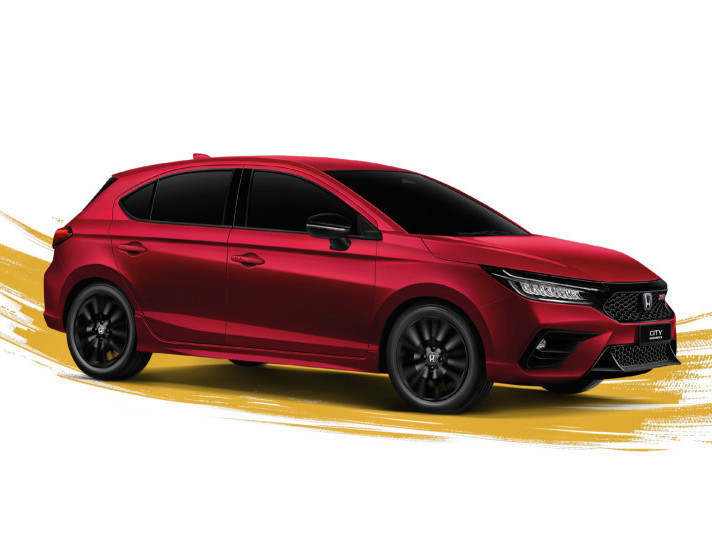
Honda City Hatchback Interior: Surprising Space Inside a Compact Body
WilliamJul 16, 2025
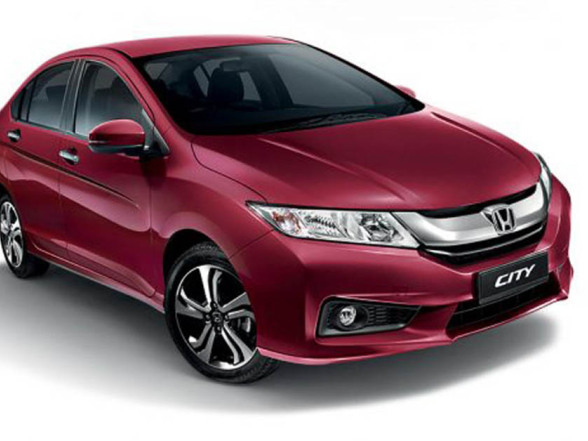
Should You Buy a Used Honda City GM6? – Get Idea Here!
RobertJun 23, 2025
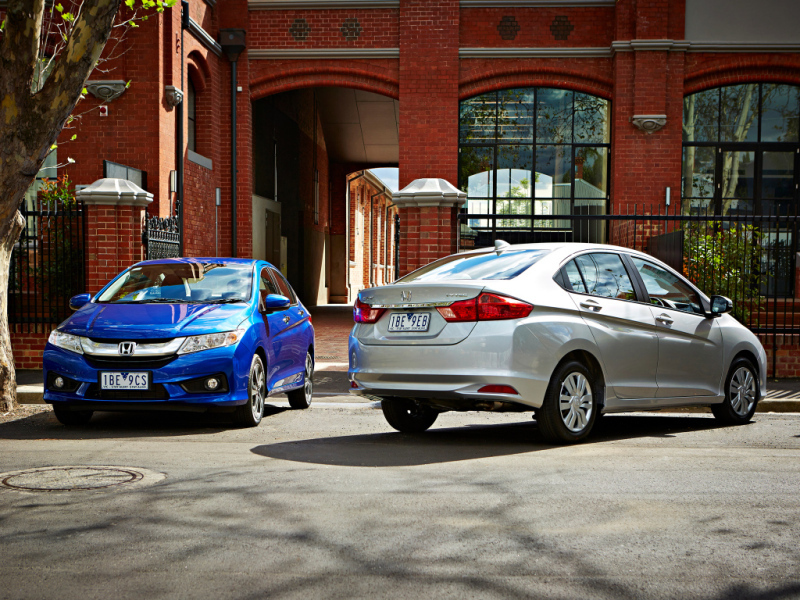
Is it worth buying a used Honda City GM7?
LienMar 7, 2025
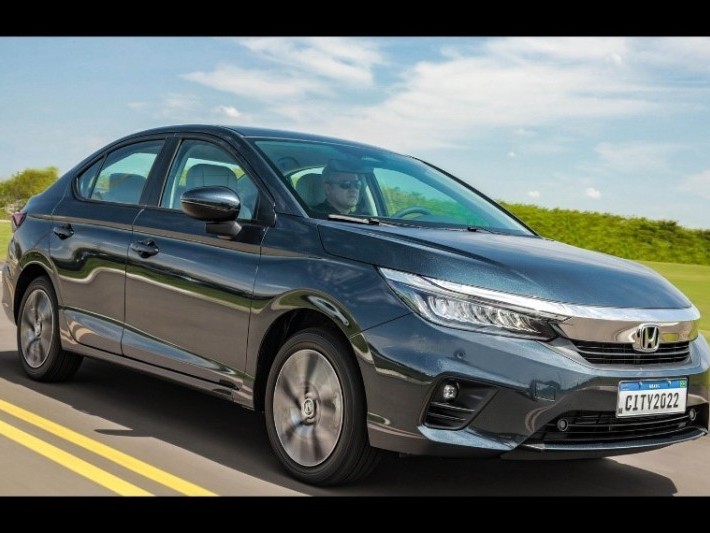
Limited to 99 units! Honda City SE Special Edition goes on sale, accused of clearing inventory?
LienSep 27, 2024
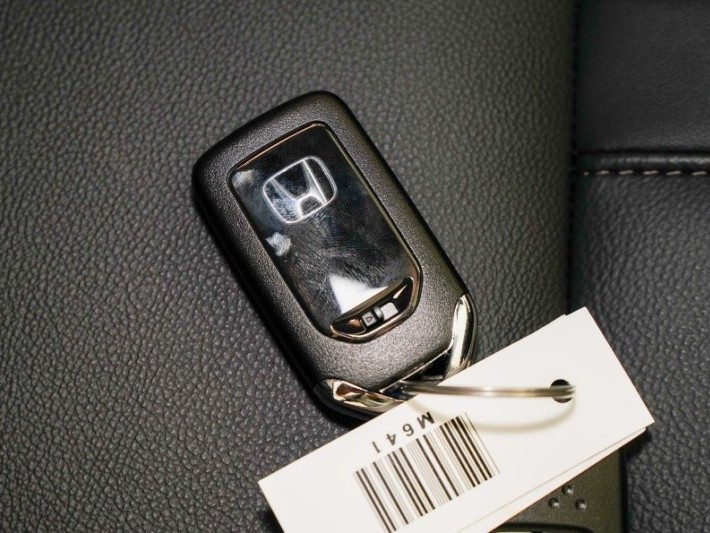
The cost of using Honda City revealed: How much does it actually cost to use for 5 years?
Kevin WongSep 19, 2024
View More











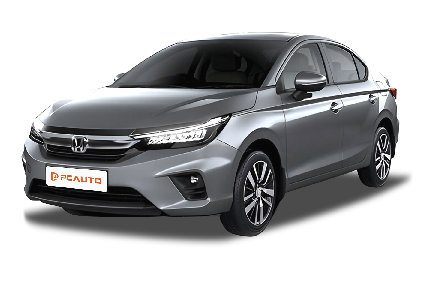
 Cars
Cars




Pros
Cons